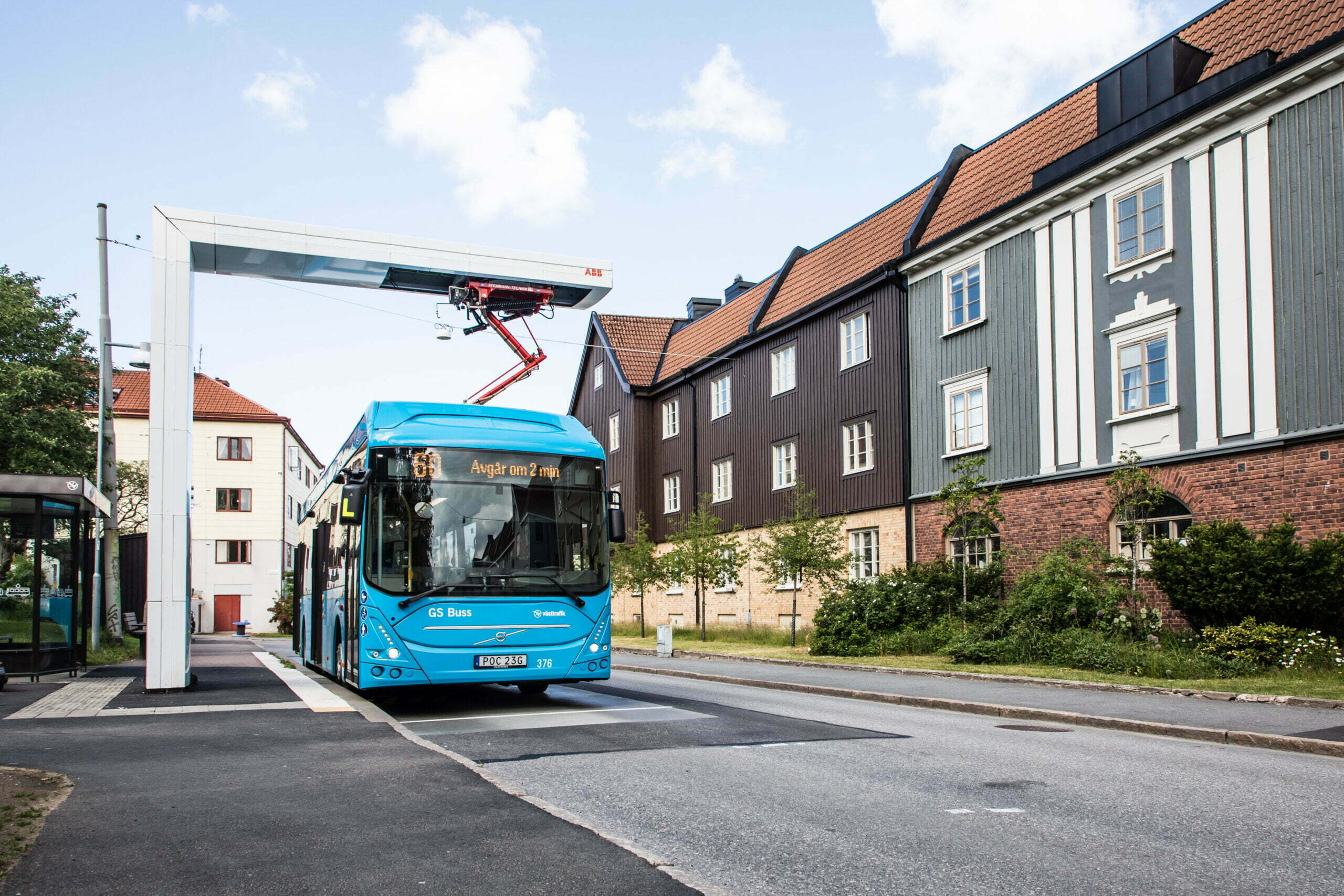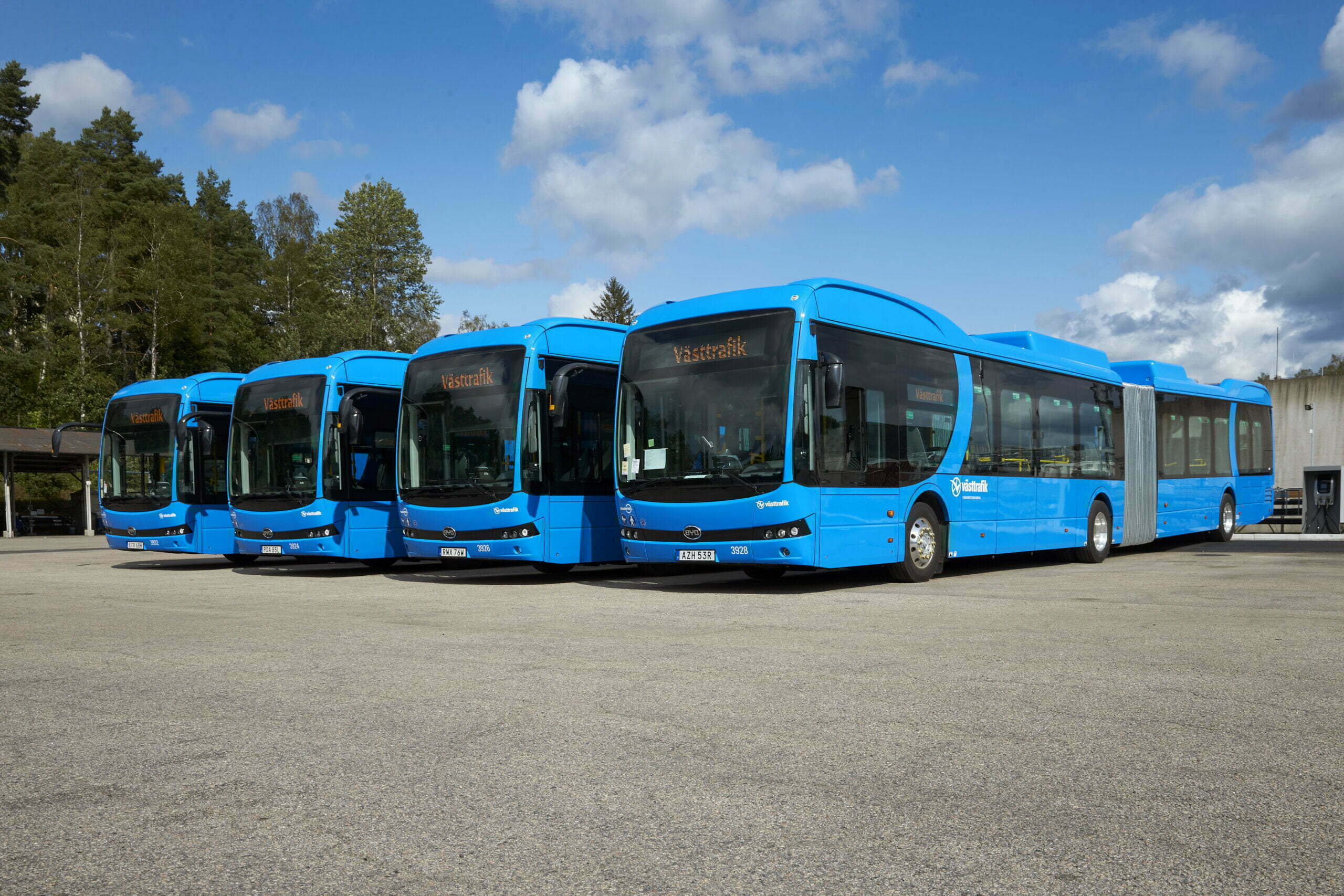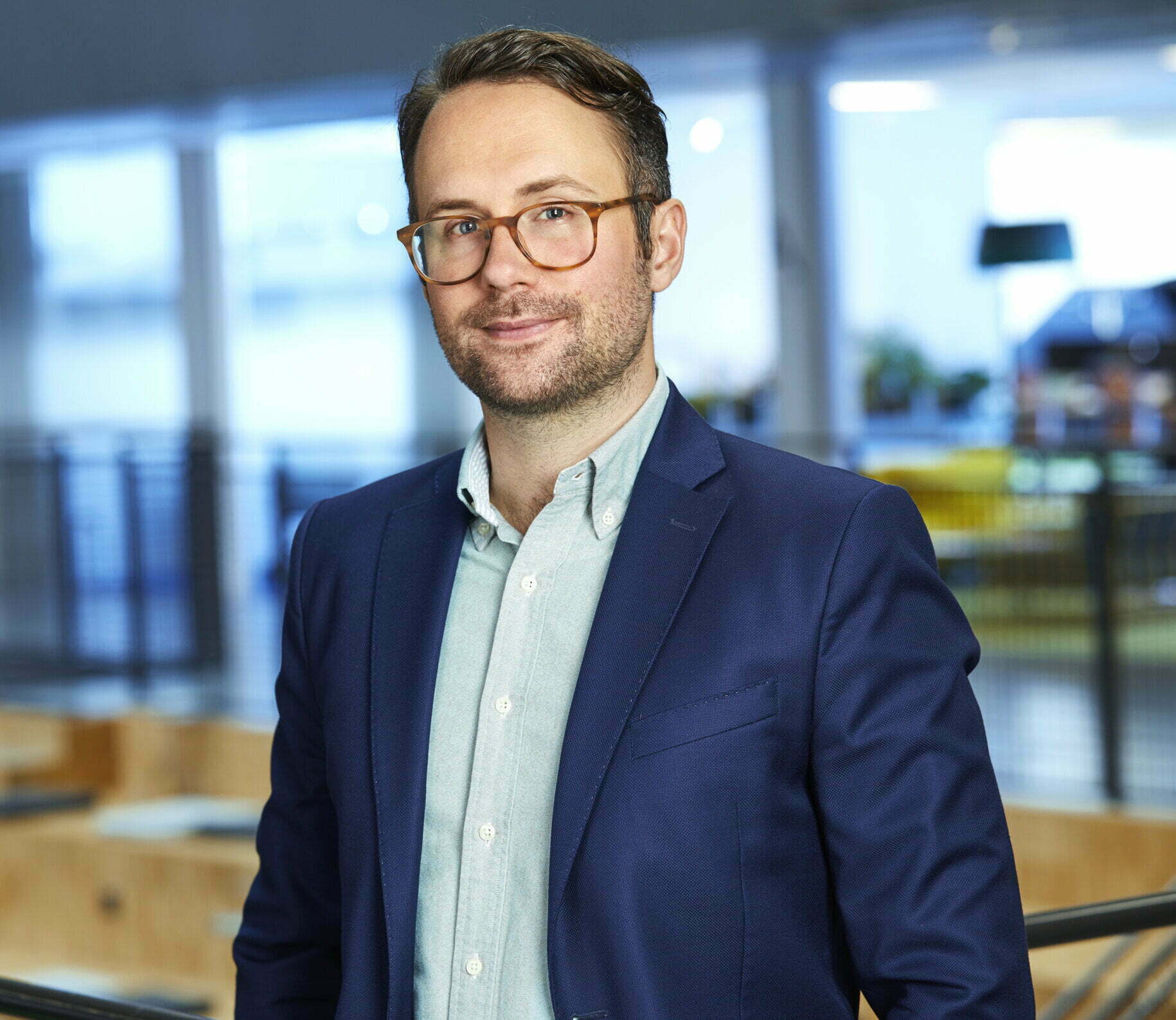Tele2 IoT connectivity helps Västtrafik manage public transport in western Sweden, making everyone’s journey smoother and more enjoyable. Operating in both rural and urban areas in Västra Götaland, Västtrafik transports nearly one million passengers each day via train, tram, boat, and bus – that’s equal to nearly 12 trips around the globe – and Tele2 IoT is part of the glue that holds things together. By connecting their entire ecosystem with IoT (Internet of Things), passengers can access to real time information about their journey, while Västtrafik is able to react quickly to challenges, as well as improve long-term planning.
For the past three years the Swedish west coast city of Gothenburg has been named the world’s most sustainable destination, but it hasn’t always been that way. Back in the mid-1980s, a leading Swedish politician declared the blue-collar city ‘a courtyard to hell’, spurring local leaders to jump into action. Västtrafik, the public transport provider in the region, has also jumped on the sustainability wagon, with the aim of reducing C02 emissions by 90% and N0X and PM (particles) by 80% by 2035. Additionally, the company is committed to only using fuel from renewable sources by 2030.
“We want to be at the forefront when it comes to sustainability, so we’re focused on the effective use of resources, low impact on the climate, and promoting biological diversity and conditions for ecosystems,” says Daniel Ulfheden, Manager of Telephone Communication, Västtrafik. “2013-2014 we tested our first plug-in hybrid buses in real traffic. In the demo arena ElectriCity Battery Electric Vehicle buses and charging techniques were tested on a large scale between 2015 to 2020. With the knowledge we gained from these tests we felt that we could go from testing to large scale implementation in real traffic.
But creating a viable sustainable solution isn’t as simple as putting a bunch of electric buses into service – it’s about looking at the whole puzzle and understanding where to place the pieces. There are a lot of great ideas and everyone can see the possibilities, but for a company like Västtrafik, they need to understand how different technology solutions can be adapted to their needs. They also have to work within various parameters, including the companies they lease their vehicles from.
“We own the trams and trains, but we don’t own the buses,” says Ulfheden. “The transport companies that own the vehicles buy them for a specific contract, which run about ten years. In practice, this means we are able to switch about 15% of the vehicles annually. So, even if the perfect battery and perfect electric bus was offered tomorrow, it would take a number of years before we would be able to add it to our fleet.”
There are other challenges that Västtrafik is working on, such as when and where to charge the bus. They are all charged overnight in the depot, but they often also need to be charged when in service. Västtrafik has built pantographs (charging stations) at the end of different routes, where the bus often pauses for five or ten minutes but building out this infrastructure and understanding what works best is an ongoing project.

When it comes to IoT, Västtrafik has been working with Tele2 IoT since 2015. By connecting the fleet, they are able to better serve both their customers and get the data they need to improve services and optimize long-term planning.
“First and foremost, our perspective on IoT is traffic and customer driven,” says Daniel Ulfheden. “On the other hand, for the companies that own the vehicles, fleet management is job number one. IoT for us has also been a step towards better IT-security, which is one of the reasons we chose the Tele2 IoT solution. This is also a big issue for vehicle owners.”
Connecting their fleet allows Västtrafik to give customers information about departures, arrivals, delays, disturbance information, and what possible journeys there are. The data feeds back to the traffic operators, who can make adjustments to the schedule, as well as relay that information to passengers. When it comes to transport companies, the data provides them with a lot of information about number of passengers and data about all traffic, such as stop times, travel time between stops, delays, etc. The transport companies are also very interested in data from the vehicle itself, particularly data connected to battery status and how the vehicle is being driven. This can help them prolong the life of the vehicle. However, that data does not go through the Västtrafik IoT-solution.

